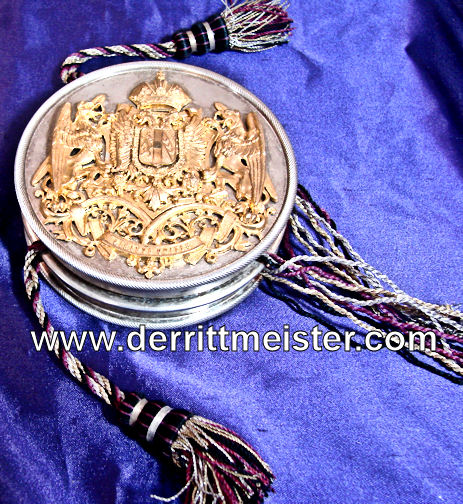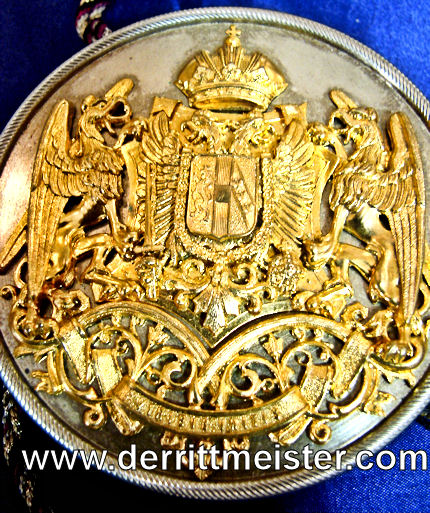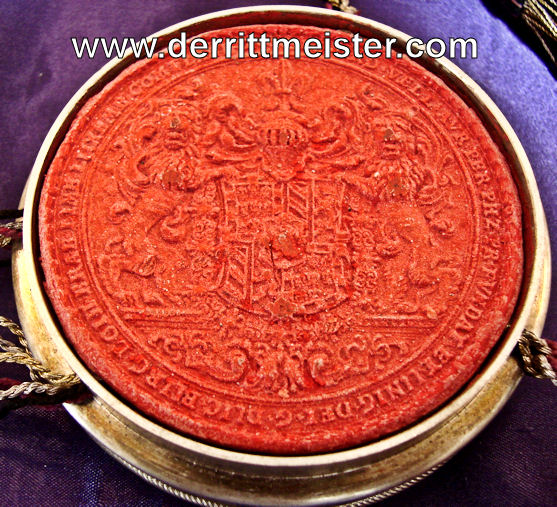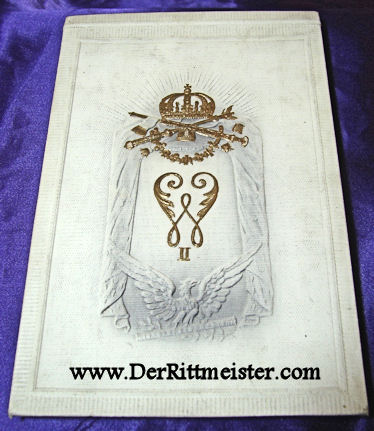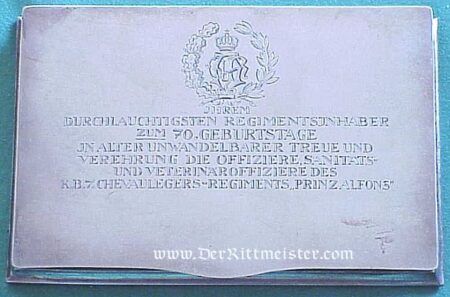Description
In both Germany and Austria, the Adelsbrief was an important document that extended knighthood and nobility to men who had previously been well-respected commoners. They could have been men in the military, government service, men of commerce, or public renown. The documents were often presented in deluxe boxes. The book-like document contained the text and circumstances of the knighthood, including its date and the ruler’s signature. A special coat-of-arms that had been created for the family was included within the document, and remained theirs ever after. A metal canister containing the ruler’s seal was usually attached to the book. In this case, the canister was attached to an Austrian Adelsbrief (which was removed at some point) and thereby the now unknown person was elevated to knighthood. The canister measures 3 3/4” in diameter and is 1 1/4” thick. It is a two-piece device that opens to reveal its contents. The canister’s basic material is silver-toned. Attached to the top is a brass rendition of the Hapsburg Coat-of-Arms. It clearly displays the House of Hapsburg’s two-headed eagle, which was used by Kaiser Franz Josef and his predecessors. Extending from the canister are four small sashes made of red, black, gold, and silver bullion. When one removes the canister’s upper half, the House of Hapsburg’s red wax seal is revealed, displaying the royal family’s coat-of-arms. The wax seal is completely intact and in excellent condition. I cannot accurately date this. I feel quite confident that it comes from the 19th Century, however, and is more than one-hundred-years-old.
